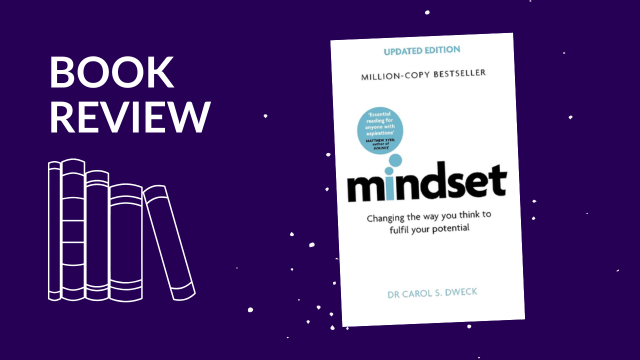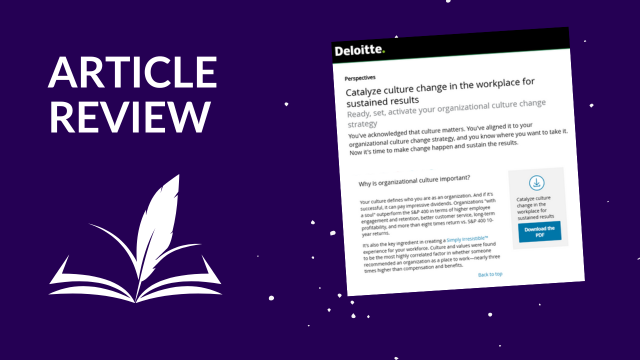When was the last time that a change you were supporting produced results that no one wanted? Unacceptable drops in productivity; unprecedented loss of customers; quality declines…none of these is what we want as outcomes. All of them are too often the unintended outcomes. Years ago, during the deregulation of the telecom industry a prospective client said this about the result of their new strategy. Our intention was to go from elephant to cheetah in the marketplace. Instead, we became an elephant on SlimFast.
In this article, Andrew Wilkinson addresses the importance of planning for what we don’t want to happen! What are the outcomes you want to avoid? He quotes Charlie Munger, “Problems frequently get easier if you turn them around in reverse. In other words, if you want to help India, the question you should ask is not ‘how can I help India,’ it’s ‘what is doing the worst damage in India and how do I avoid it?”
As a change practitioner, how well prepared are you to avoid your current initiative’s anti-goals? Have they been named? Are plans in place and sponsored to ensure they don’t occur? You can strengthen your change practice, and increase the probability of change success, by bringing anti-goals into your planning process every time.







